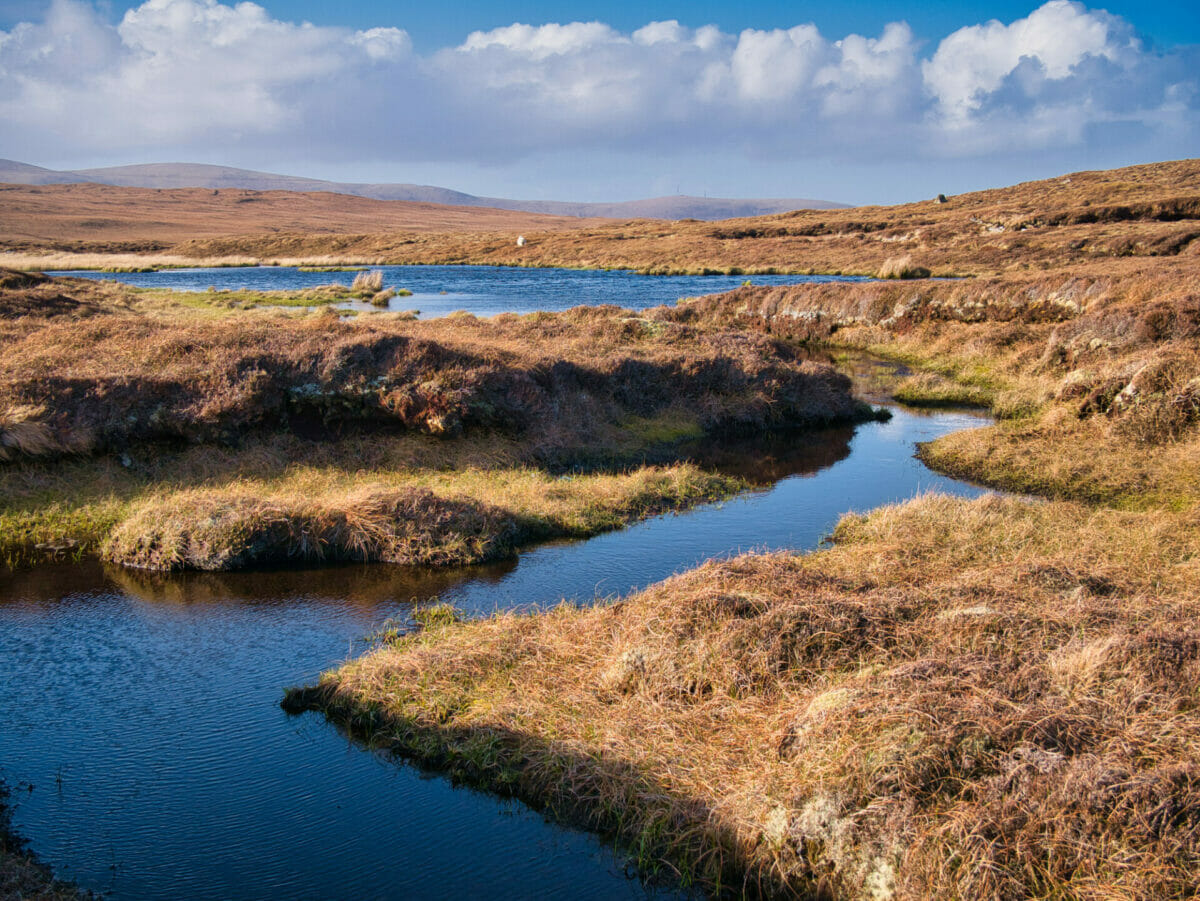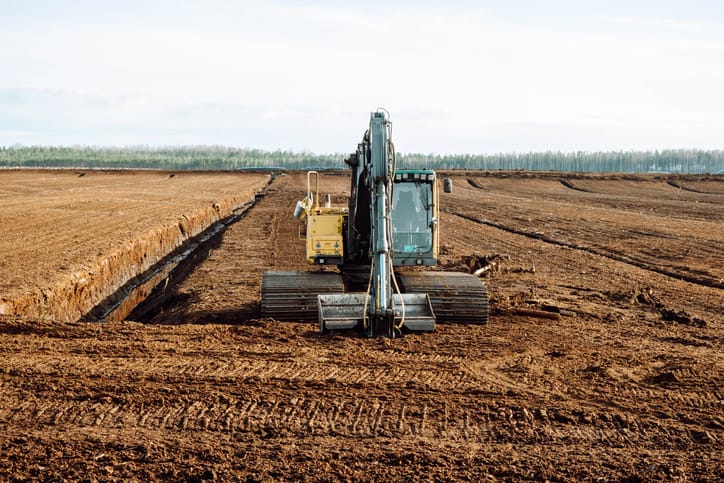An area of peatlands restored last year by the Scottish Government is nearly one third lower than it publicly claimed, new data has revealed.
In documents published last year the government stated that around 8,000 hectares of peatland “were set on the road to restoration” in 2021/22.
However, new information obtained by The Ferret from government agency NatureScot has revealed the correct figure was 5,630 hectares – over 2,000 hectares lower than claimed.
In 2020, ministers set a target to restore 20,000 hectares each year as part of their efforts to fight climate change. The new figure shows that barely more than one quarter of that target was achieved last year.
Conservationists described the new figures as “doubly disappointing” and called on ministers to “urgently scale up efforts to ensure that, as a minimum, agreed restoration targets are met to support nature’s recovery and reach net zero targets”. NatureScot acknowledged the discrepancy and apologised for any confusion caused.
Peatlands play an important role in fighting climate change because they hold vast amounts of carbon. According to NatureScot, despite only making up around one fifth of Scotland’s total land area, “they store 25 times more carbon than all the vegetation of the UK”.
The agency says that the carbon they hold is “equivalent to 140 years’ worth of Scotland’s total annual greenhouse gas emissions”.
But when peat bogs are dried out, damaged or degraded they release carbon into the atmosphere, contributing to the heating of the planet. Environment Minister Mairi McAllan previously described the restoration of peatlands as “a key part of our response to the twin crises of climate change and biodiversity loss”.
In 2020, the Scottish Government announced a £250m, ten-year funding package to support this restoration work. It committed to “restoring 250,000 hectares of degraded peatland by 2030, with an annual target of 20,000 hectares.”
However, the government acknowledges it has so far failed to hit its annual target. In an update on its Climate Change Plan published in May 2022, it stated that “in 2021-22, circa 8,000 hectares of peatland were set on the road to restoration through collective work by our delivery partners.”

As The Ferret previously reported, this figure already fell far short of the 20,000-hectare annual target.
However, when the Ferret contacted NatureScot to clarify the figures, the government agency admitted that the real figure was still lower. A spokesperson told the Ferret that: “The c.8000 hectares figure was NatureScot’s anticipated delivery by all Peatland ACTION organisations. Unfortunately our quality assurance process found delivery to be the lower figure of 5,370 ha, although this has since been revised to 5,630 ha to reflect work progressed through management agreements.”
NatureScot acknowledged that the discrepancy was “disappointing,” but cited challenges related to regulation, funding, and the pandemic. The agency apologised for “any confusion this has caused” and acknowledged the need for improved processes.
“We are reflecting on this situation and putting in place measures to have more accurate progress/forecast reports this year. Whilst we will always have approximate/indicative figures in advance of the formal quality assurance process, we think our forecasting can be better,” the spokesperson added.
Alistair Whyte, head of conservation charity Plantlife Scotland, said that while healthy peatlands are “vital for wildlife, for carbon storage and for climate change resilience” the Scottish Government’s own figures show that 80 per cent of peatlands are damaged.
He added: “Plantlife have previously welcomed the government’s commitment to restore 20,000 hectares of peatland per year, so it was disappointing to hear that only 8,000 hectares was restored in 2021-22 and now doubly disappointing that the actual figure is considerably lower.
“Whilst we recognise the complexities around peatland restoration, the Scottish Government and others must urgently scale up efforts to ensure that, as a minimum, agreed restoration targets are met to support nature’s recovery and reach net zero targets.”
Soil scientist Dr Janet Moxley also expressed disappointment that targets for peatland restoration in Scotland are not being met. She said NatureScot needed to improve the uptake of the Peatland Action scheme as well as considering other measures for peatland restoration.
“Scotland has vast areas of degraded peatland, and restorating it is a win-win action which not only provides significant abatement of greenhouse gas emissions, it also improves habitats and benefits biodiversity,” she added. “Where funding to restore peatlands has been approved, the Scottish Government and Nature Scot need to ensure that projects are implemented in a timely manner.
Cover image thanks to Sandris Veveris / iStock















The biggest challenge for delivering the ambitious target is a lack of experienced contractors, with the right machines, to do the work. Without a significant investment in training and equipping new contractors the targets will never be achieved.